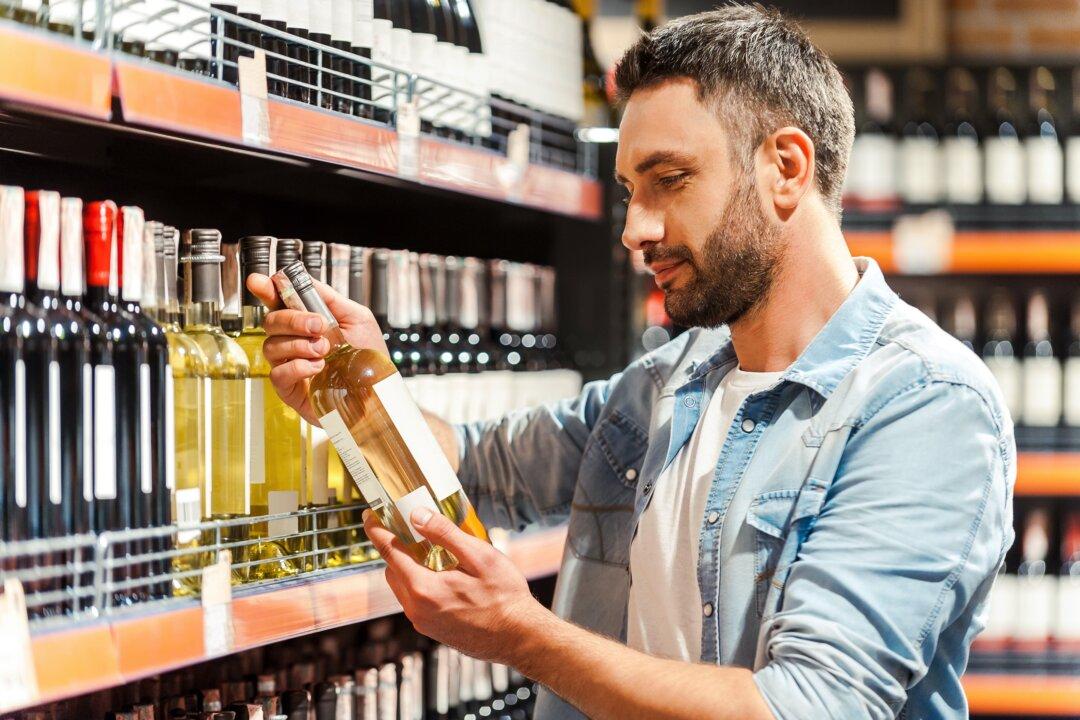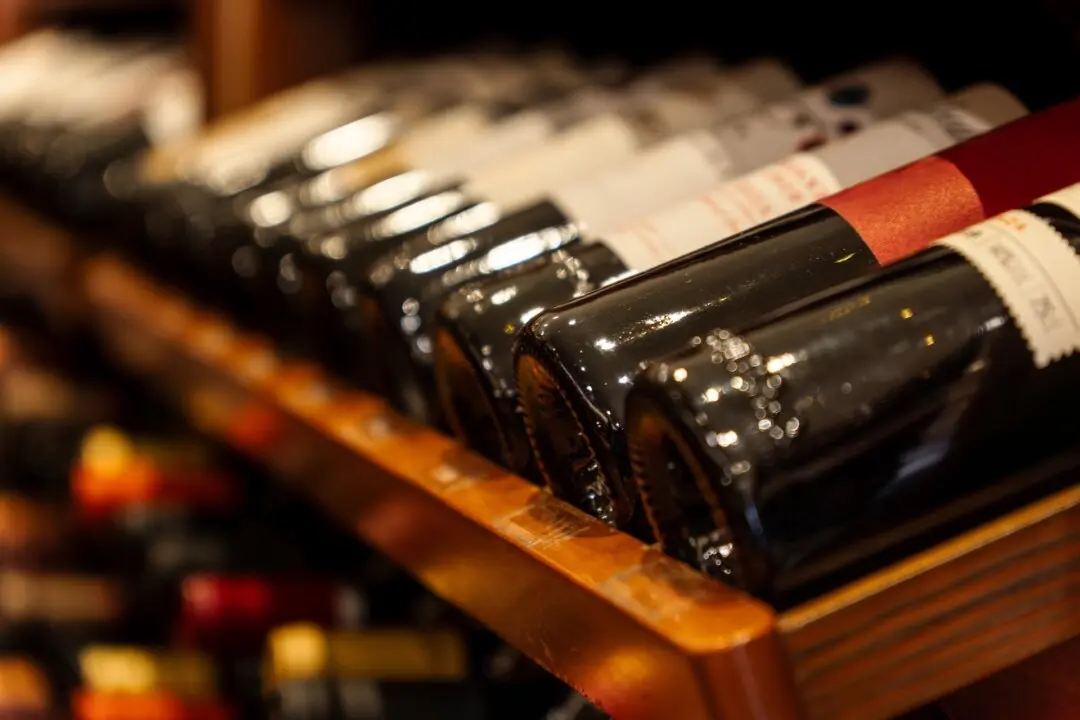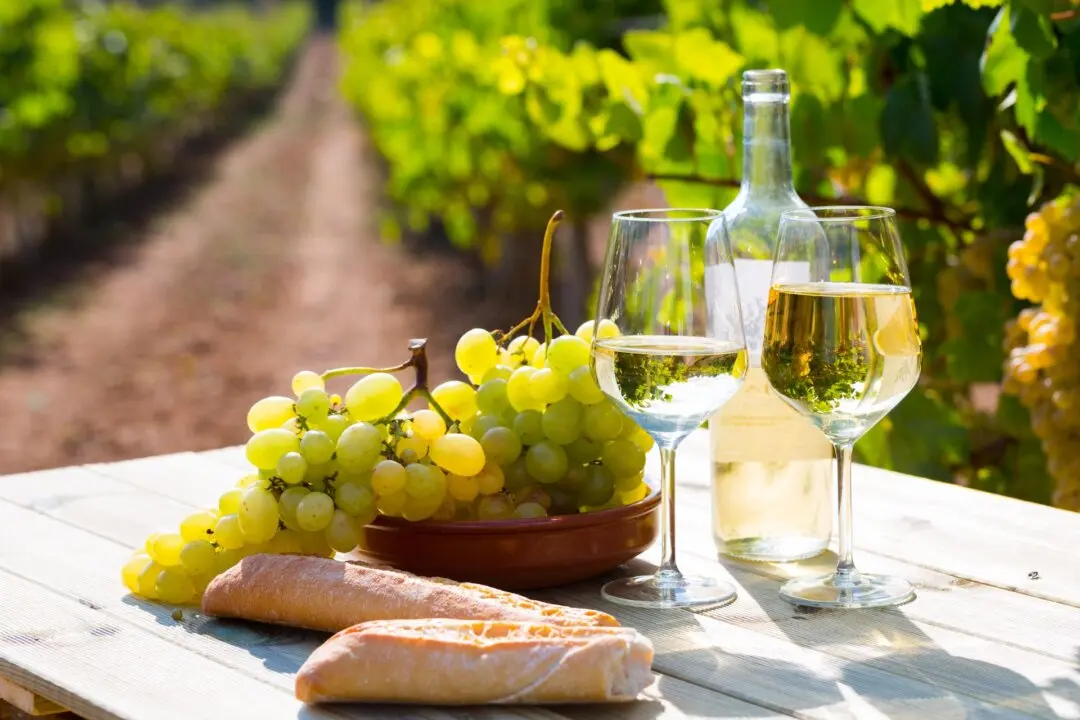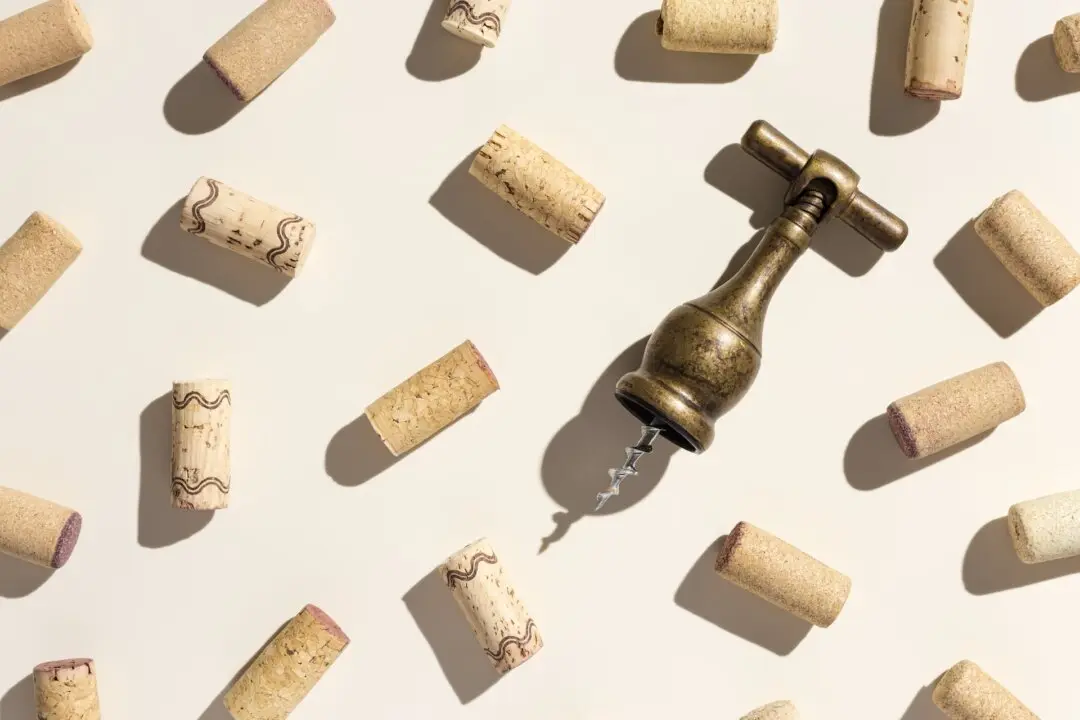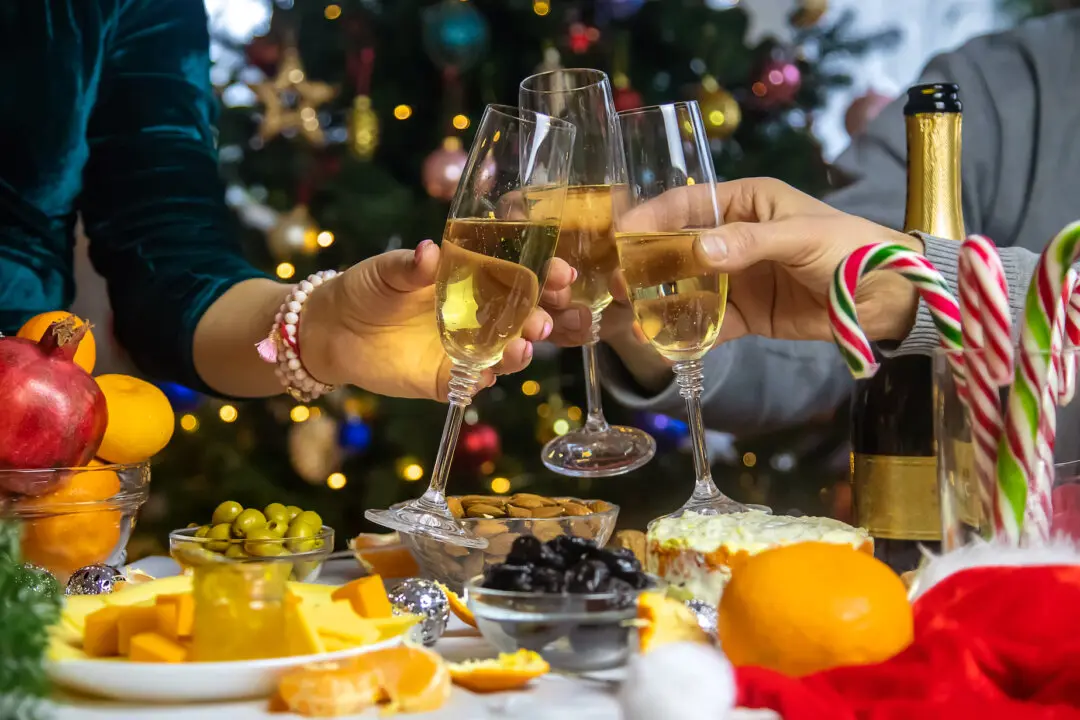One of the great benefits of knowing lots about wine is that wine-knowledgeable people often can find bargains that others would bypass.
This topic is important today because there is now far more wine in the marketplace than anybody imagined just a year ago. Slow sales in the last year have led to soft prices. Since wine is perishable and has a limited shelf life, retailers must move it.

